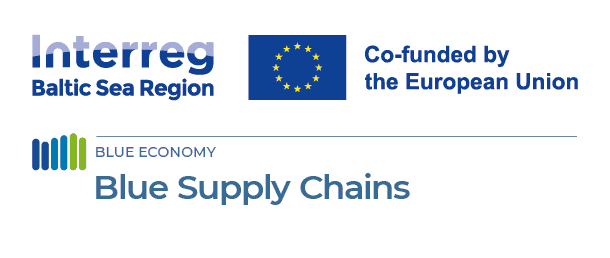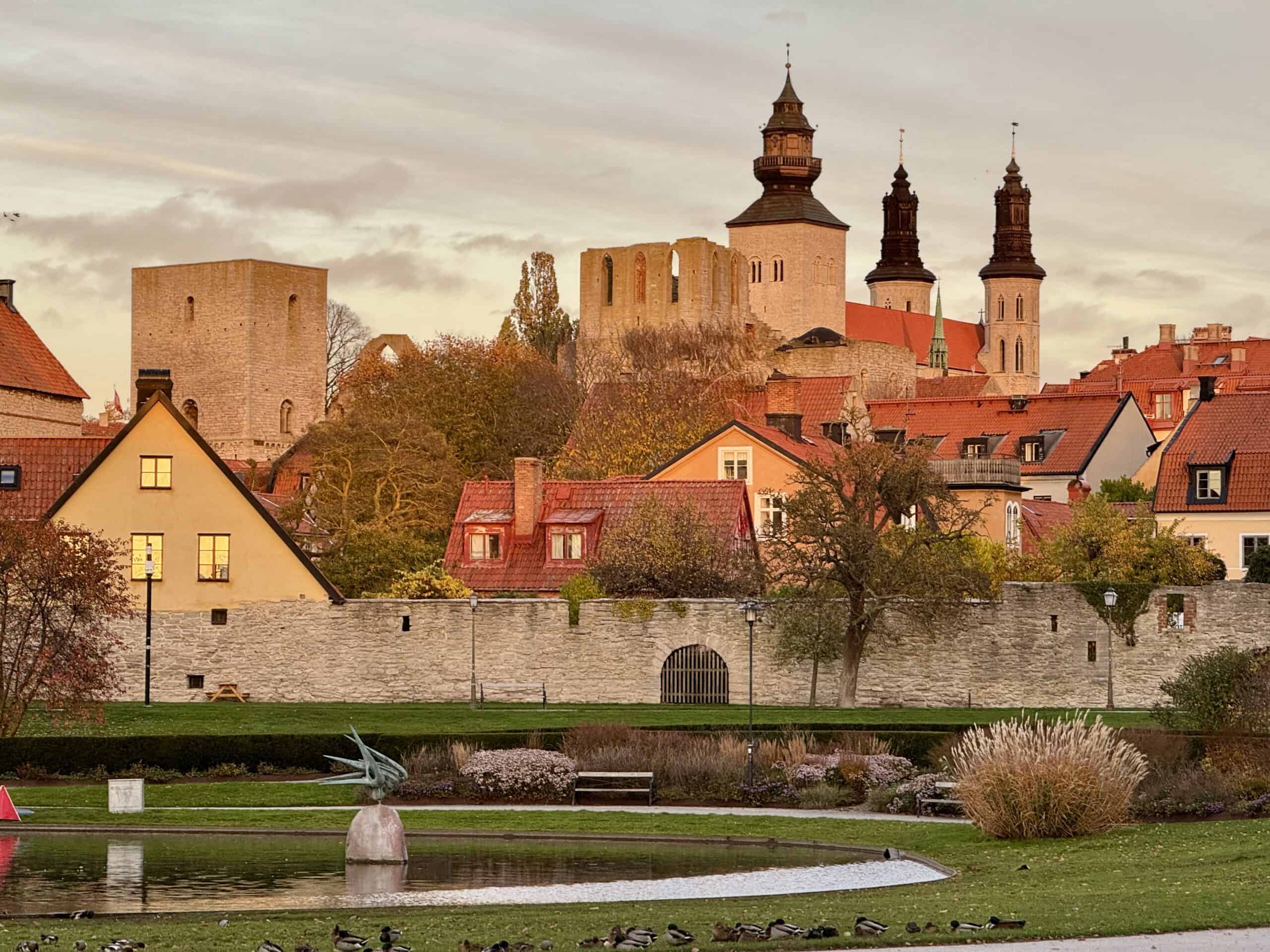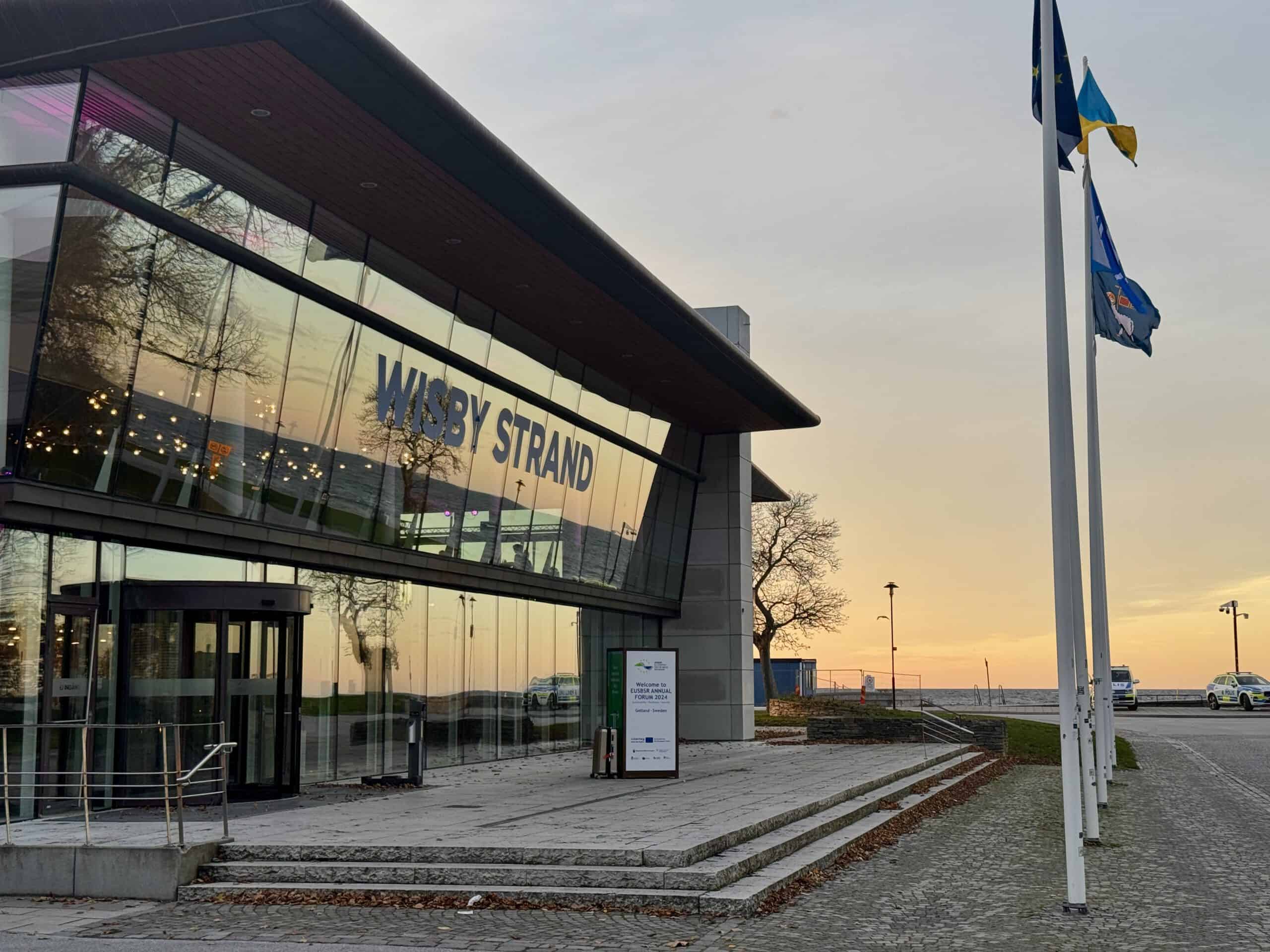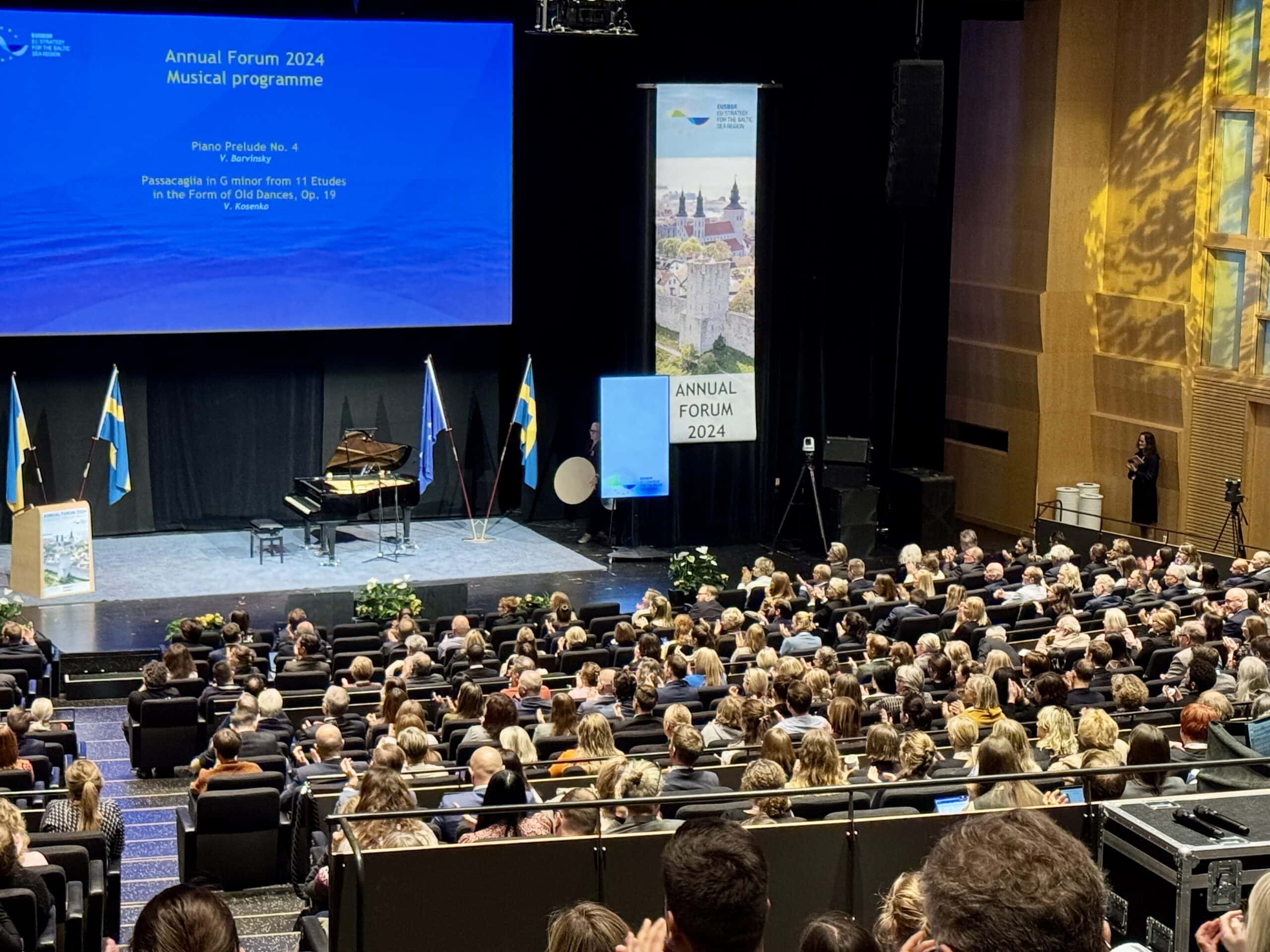
BSC presented on Planery II at the EUSBSR Annual Forum 2024
31 October 2024
The European Strategy for the Baltic Sea Region (EUSBSR)Annual Forum consisted of close to 30 workshops, seminars and panel discussions on topics important on the macro-regional level. Topics on the agenda varied from competitiveness and preparedness of the region to sustainable transport systems and energy security.
The lead partner of the Blue Supply Chains project spoke at the PLENARY 2 session “From here to future – resilient, connected and sustainable transport systems in the Baltic Sea Region”.
This policy dialogue explored the challenges and opportunities for developing sustainable transport solutions in the Baltic Sea Region (BSR) with a focus on the effect of the current geopolitical unrest, fuelled largely by Russia’s aggression against Ukraine, and its impact on transport, logistics and security of supply in the Region.
The Bue Supply Chains rail ferry case is closely linked and supports the development of a resilient transport system:
- The infrastructure in ports is an important prerequisite for the development of the rail ferry. It remains to be a challenge for the ports to maintain the infrastructure and it is a strategic question, if this market segment is further developing in the future.
- Maintaining this rail ferry service requires port, ship, and terminal to remain fully operational. Among them, the port segment is particularly cost-intensive in terms of both, maintenance and operation, and requires substantial space.
- Beyond economic considerations, the recent shift in Europe’s geopolitical landscape has created new strategic requirements for transport systems. Military logistics have become more prominent and demand redundancy and reliability. With Sweden and Finland joining NATO in 2024, the Rostock–Trelleborg rail ferry assumes heightened political and defence-related importance. The service ensures reliability in case of disruptions or restrictions on fixed links such as the Fehmarn Belt or Øresund crossings. These fixed links have axle load limits of 25 tons and dimensional constraints, which restrict the transport of heavy military vehicles such as tanks.
The rail ferry is a strategically important and operationally unique corridor within the Scandinavian–Mediterranean Core Network of the Trans-European Transport Network (TEN-T). As one of the few functioning maritime-rail links in Europe, it provides direct access between Northern Europe and Central and Southern regions of the continent. This connection supports key European Union priorities such as shifting freight from road to more sustainable transport modes, reducing greenhouse gas emissions, and enhancing the resilience of the transport system.
The rail ferry case underlines the importance of resilient supply chain solution and will base the outcome on a European perspective.









